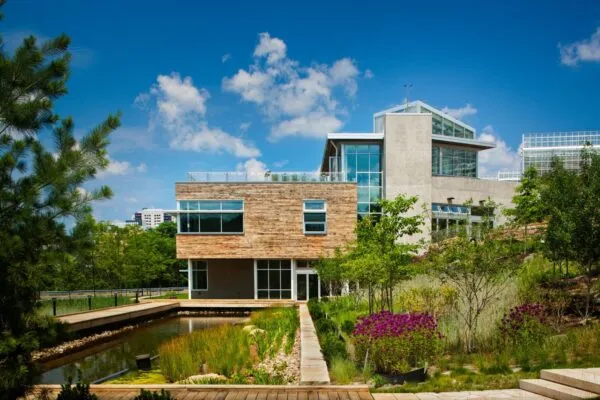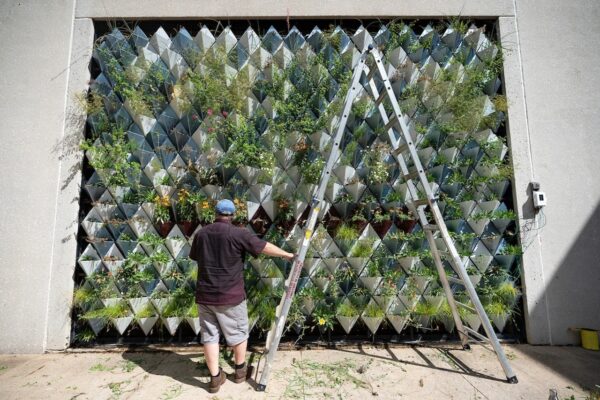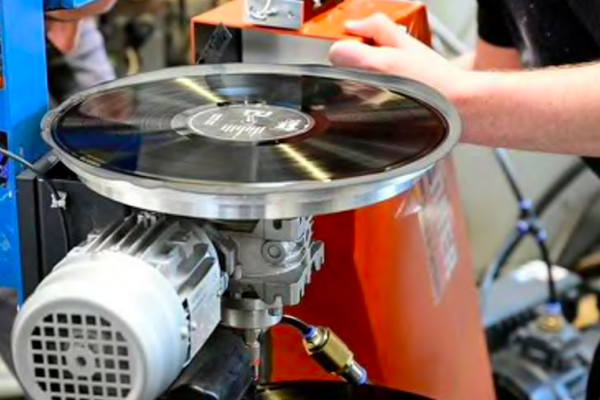Ilja Schamle Develops a Cloud Server Powered by Tomato Vines
A cloud server powered by tomato vines in a self-sustaining ecosystem is a glimpse into the future of energy harnessing technologies
We have always been listening that nature and development do not go hand in hand – whereas development and technology are closely interlinked. However, an Eindhoven design graduate, Ilja Schamle created a cloud server that is powered by tomato vines establishing a symbiotic relationship between nature and technology in a self-sustaining ecosystem, a design that astounded everyone at Milan Design Week.
Dubbed Warm Earth, her self-sufficient system is conceptually based on an apocalyptic future in which humanity would need plants as its alternative energy source.
Enclosed within a traditional server cabinet, nine tomato plants grow inside a neon purple greenhouse. The heat produced by the computer offers optimal growing temperatures for the vegetables.
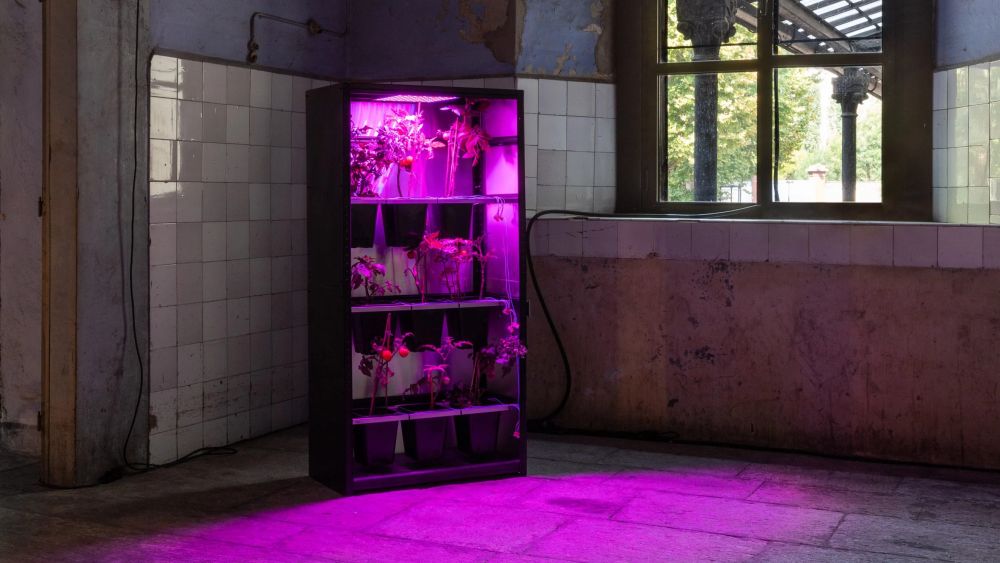
Image: Dezeen
The server itself is attached to the exterior and essentially linked to the fruits through a ventilation shaft. Meanwhile, the tomatoes help power the server through plant-microbial fuel cell technology, founded by researchers at Wageningen University in the Netherlands, which efficiently turns the vegetables into batteries.
In this, the process of photosynthesis helps plants to generate energy using solar-powered growth, which then converts into chemical energy.
Electrons are exerted by microbes in the roots, afterwards, they are caught by a conductor at the base of each plant pot, which Schmale describes as an ‘iron and activated carbon grid.’ As of now, at present, the server works on both solar energy and the energy generated from the plants.
Schamle explained;
The technology is still in development and there was a lot of trial and error doing everything myself, having the whole internet run on plants, it wouldn’t be possible with the way that we’re using servers right now and how much content there is.
For now, the server is inefficient to run big domains of the internet on plants. We need more such creative innovations for establishing a symbiotic relationship between nature and technology.
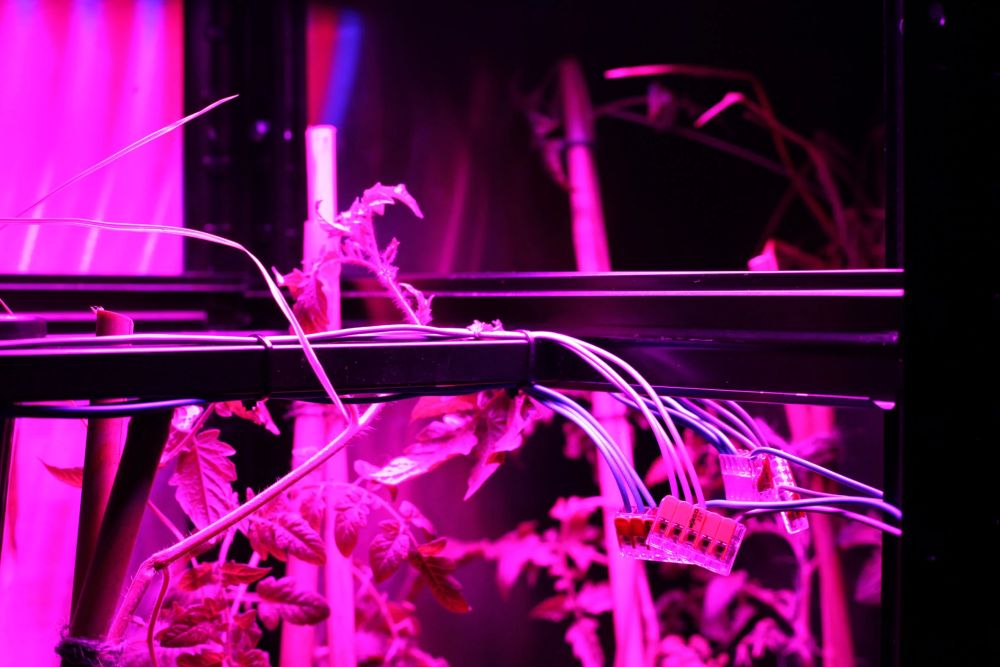
Image: Dezeen
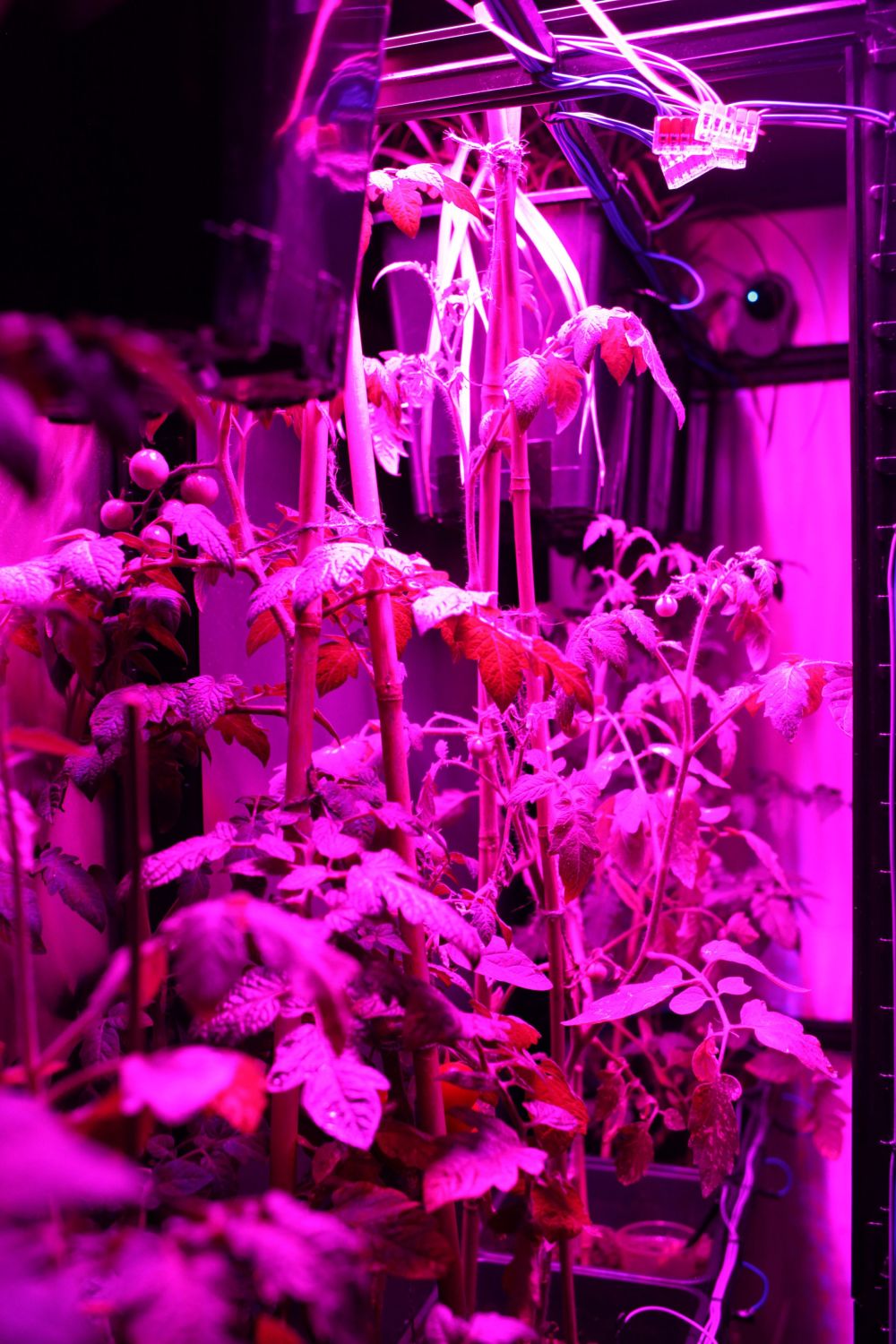
Image: Dezeen
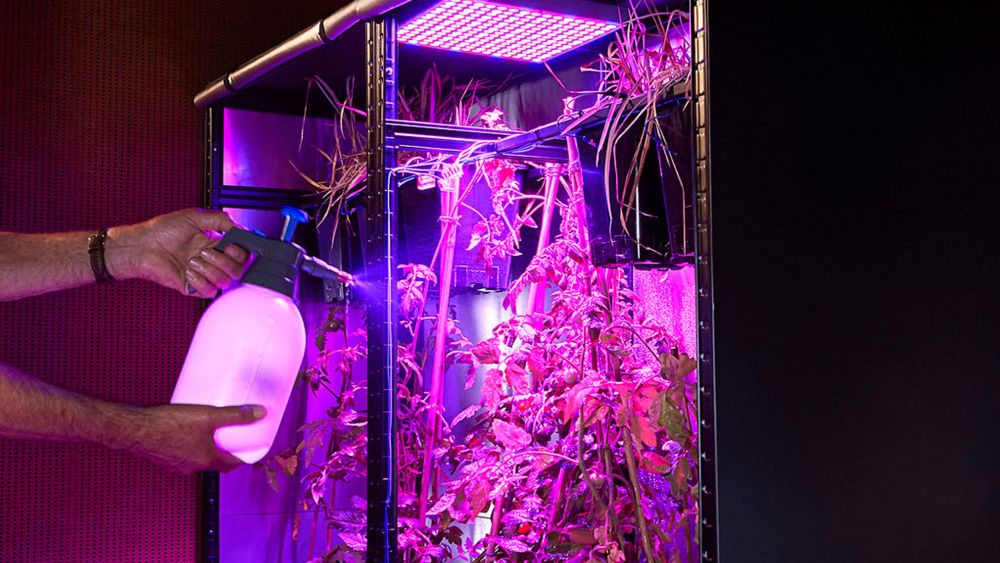
Image: Dezeen
Via: Dezeen
